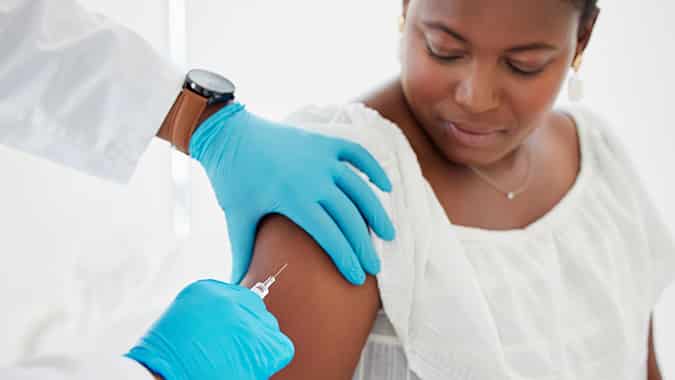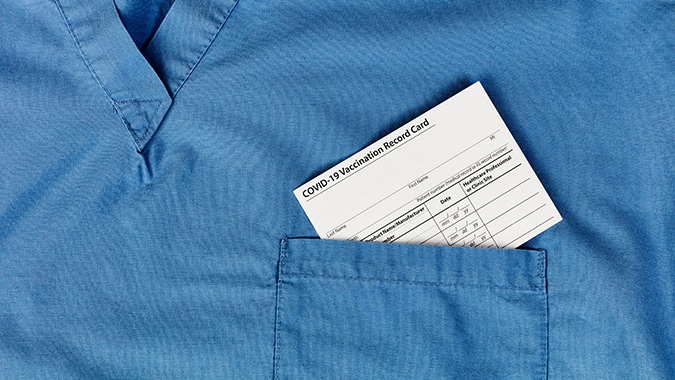More than 127,000 New Jersey businesses have received Paycheck Protection Program loans to keep their operations afloat during the shutdown. Now they are confronted with applying to have their loans forgiven.
The Small Business Administration (SBA) has released FAQ guidance and application forms for loan forgiveness, and the law firm Connell Foley has a new blog post explaining how it works.
“The general idea of PPP loans is that they become government grants if the borrower spends the principal amount of a loan on the correct sorts of expenses, mostly payroll, during specific periods,” according to attorney Noel Humphreys.
Borrowers have 10 months after their covered period to submit applications. The application is reviewed by whichever lender processed the loan for a particular business and then submitted it to the SBA, which runs the program, for approval. All or part of a loan can be forgiven, depending on what the money was spent on.
In making an application for forgiveness, the borrower is responsible for providing correct information, along with supporting evidence, Humphreys explains. The new FAQ includes several specific and detailed explanations as to how to make the calculations required as part of the forgiveness application.
“For example, in determining how much payroll expense counts toward forgiveness, the SBA advises that … borrowers should use the gross amount before deductions for taxes, employee benefits payments and similar payments, rather than the net amount paid to employees,” he says.
Businesses also must figure out when their covered time period begins and ends (there are four different scenarios).



